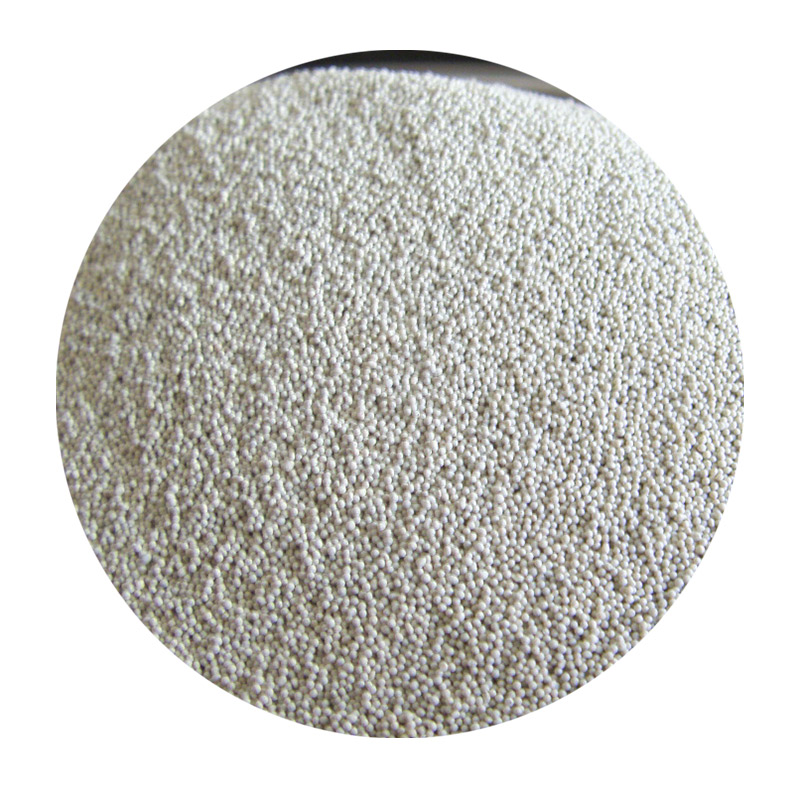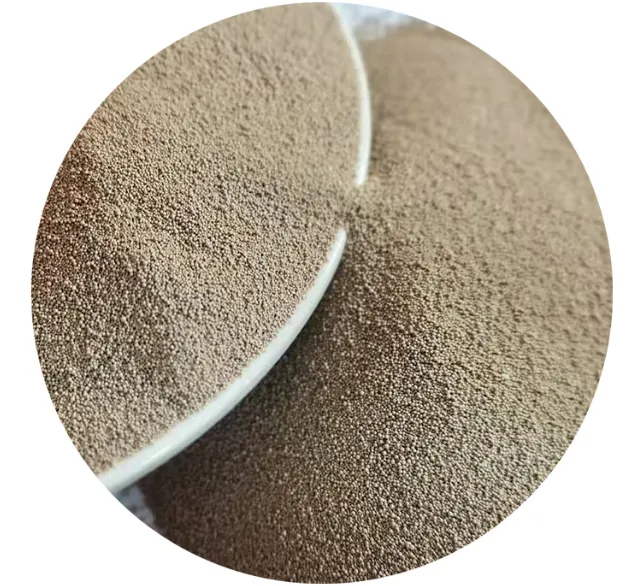Sanding a 3D print is a crucial step in the post-processing of 3D printed objects, primarily for ensuring smooth surfaces, especially for parts that require visual appeal or have functional mating features. This process may appear straightforward; however, achieving a professional finish demands an understanding of various nuances and techniques that enhance both the aesthetics and functionality of the printed object.

To begin with, the type of material used in the 3D printing process significantly influences the sanding approach. PLA, a widely used filament, is relatively easy to sand due to its softness. On the contrary, ABS, known for its durability, demands more effort to achieve a smooth finish. Materials like resin, used in SLA printing, require delicate handling during sanding owing to their brittleness. The tools chosen for sanding are foundational to the success of the process. A common mistake among beginners is the selection of incorrect sandpaper grit. Starting with a coarse grit such as 100 to 200 can strip down the print lines and irregularities efficiently. Progressively, one should move to finer grits — up to 1000 or more — to achieve a polished and even surface. Wet sanding, utilizing water alongside fine grit sandpaper from 600 upwards, drastically reduces dust and heat generated by friction, thus preserving the integrity of the print.

Equally critical is the technique applied during sanding. The notion is not to press too hard as this may result in accidental removal of excess material, damaging the design specs of the 3D print. Instead, applying light, consistent pressure in circular motions allows for uniform sanding across the surface, reducing the risk of indentations or scratches. Patience is key — rushing may achieve a superficially smooth finish, but often leaves room for imperfections noticeable under close inspection.
For intricate designs or areas that are otherwise hard-to-reach, an array of tools including needle files or precision sanders can expedite the process. These tools can navigate elaborate contours more easily, maintaining uniformity in texture across the entire piece.sanding a 3d print
Post sanding cleaning is crucial to eliminate residual sanding dust that can interfere with subsequent processes like painting or polishing. This can usually be accomplished using compressed air or a soft brush, followed by a quick rinse if water was used in wet sanding.
Beyond the physical process, safety cannot be overlooked, as sanding generates dust that could be harmful if inhaled. A dust mask and goggles are highly recommended to safeguard against respiratory issues and eye irritation. Ensuring a well-ventilated workspace further alleviates potential health hazards associated with fine plastic particles released during sanding.
From an expert’s perspective, achieving a perfect sanded finish involves understanding the intricacies of the 3D printing material, selecting appropriate tools and techniques, and maintaining patience and diligence. Mastery over these elements allows for the transformation of simple 3D printed objects into professional-grade products ready for market or personal showcase.
The authority on this topic stems not just from the hands-on experience of sanding diverse materials, but also through engagement with industry best practices, continuously updated with advancements in materials technology and post-processing tools. Such knowledge ensures that the finish is not merely aesthetically pleasing but also enhances the object’s functional quality, reinforcing the trust users place in expertly crafted 3D printed products.
Conclusively, while sanding a 3D print may seem like a basic task, incorporating a methodical and informed approach can significantly elevate the quality and durability of the final product, underlining the seamless blend of craftsmanship and technology required in modern 3D printing post-processing.
Next:sanding 3d resin prints
